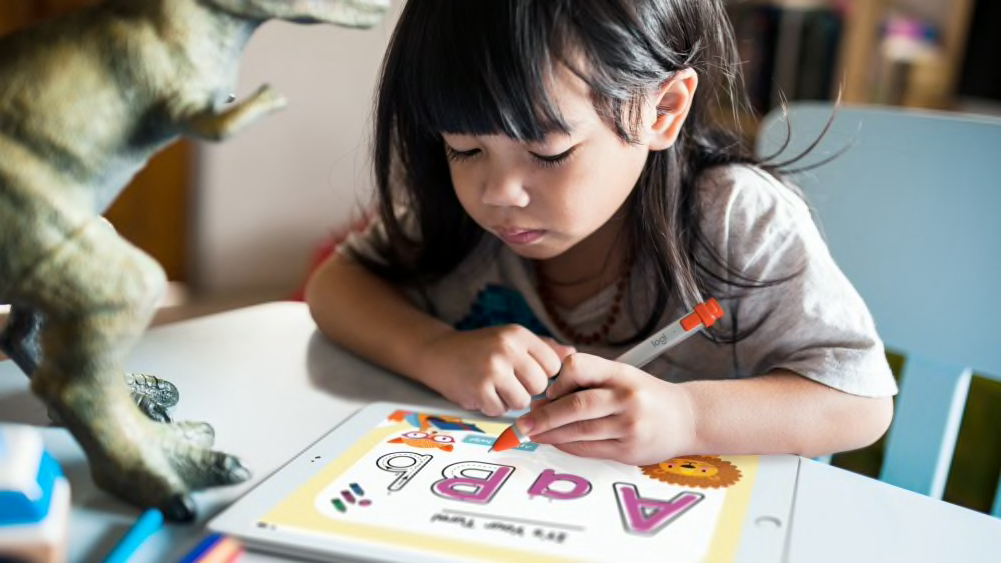Why Tech Should Adapt to Meet Motor Skills
Equipping students with choice

Today’s students live in an increasingly tech-enabled world. But they learn in a world that has little consensus on how or when to bring technology into the classroom. What’s more, child development doesn’t happen on a set timeline. Students of the same age and grade level may have considerable differences in their motor skills, but still be expected to use the same tech tools in class. Fortunately, avoiding the clash between motor skills development and classroom tools is easier than you might think. It all comes down to options.
Coming to a Consensus
It’s not new news that elementary school (up to age 11) is an ideal time for kids to work on fine motor development such as keyboard and mouse skills. One teacher participating in a recent Logitech motor skills study shared: “When I worked with second-graders, they all knew about iPads, Chromebooks, smartphones, etc. but had no typing or formatting skills and lacked knowledge of Word/docs, etc.”
Here’s the rub: teachers may not have enough support or time to prioritize students’ tech-related motor skills development. As a result, many opportunities exist to enhance student experiences by introducing a wider variety of input options.
The Case for Choice
Allowing a student to select a mouse, stylus or trackpad caters the learning to their physical ability and preference for how to display their knowledge. For example, a mouse works best if students are spending longer periods of time on their computer, navigating through multiple apps or forms of content. While a stylus often works best for more interactive work like annotating or dragging and dropping for content creation. Students from kindergarten to third grade are most likely to prefer a mouse, such as the M325 Wireless Mouse, to a trackpad and a stylus to a keyboard. As one educator put it: “They’re not afraid of trying new things and they can get a handle on how to work with different products.”
As students get older, a greater percentage will become comfortable with a keyboard, however many students still enjoy a stylus tool like the Logitech Crayon for the creativity and interactivity it allows. Students in fifth grade and beyond tend to exhibit comfort with keyboards and may therefore want a tablet-keyboard tool similar to the Rugged Combo 3 Touch.
Greater comfort with the tools provided ensures each student’s work is reflective of their knowledge, not their ability to use tech, or even their motor skills. A student with motor skills still in development may know the answers but have a hard time producing them on paper. This can create frustration and overwhelm the student. The frustration, however, is not with the content but relates to the student’s lack of ability to express themselves.
Honoring Differences With Technology
The right change in tech and peripheral tools can help students better reflect their knowledge, leading to higher engagement and learning gains down the road. Every student’s journey is unique, which means even the best tech tools can’t be everything to everyone. But what tech can do is accommodate students. Technology is flexible. At its best, tech can support learning. At worst, mismatched technology can hamper progress or frustrate students.
Fortunately, making a difference in student experience can be as simple as honoring differences. We can create more and better opportunities for students to express their knowledge through technology and peripheral tools that meet them where they are. And student-centered design creates options for classrooms to be flexible too, with solutions that adapt and choices that allow students to feel comfortable and confident in the classroom.
YOU MAY ALSO BE INTERESTED IN
Let’s Talk
Learn more about how Logitech can help you shape the future of education.
Contact Sales
THANK YOU FOR CONTACTING US
A product expert will reach out to you shortly.